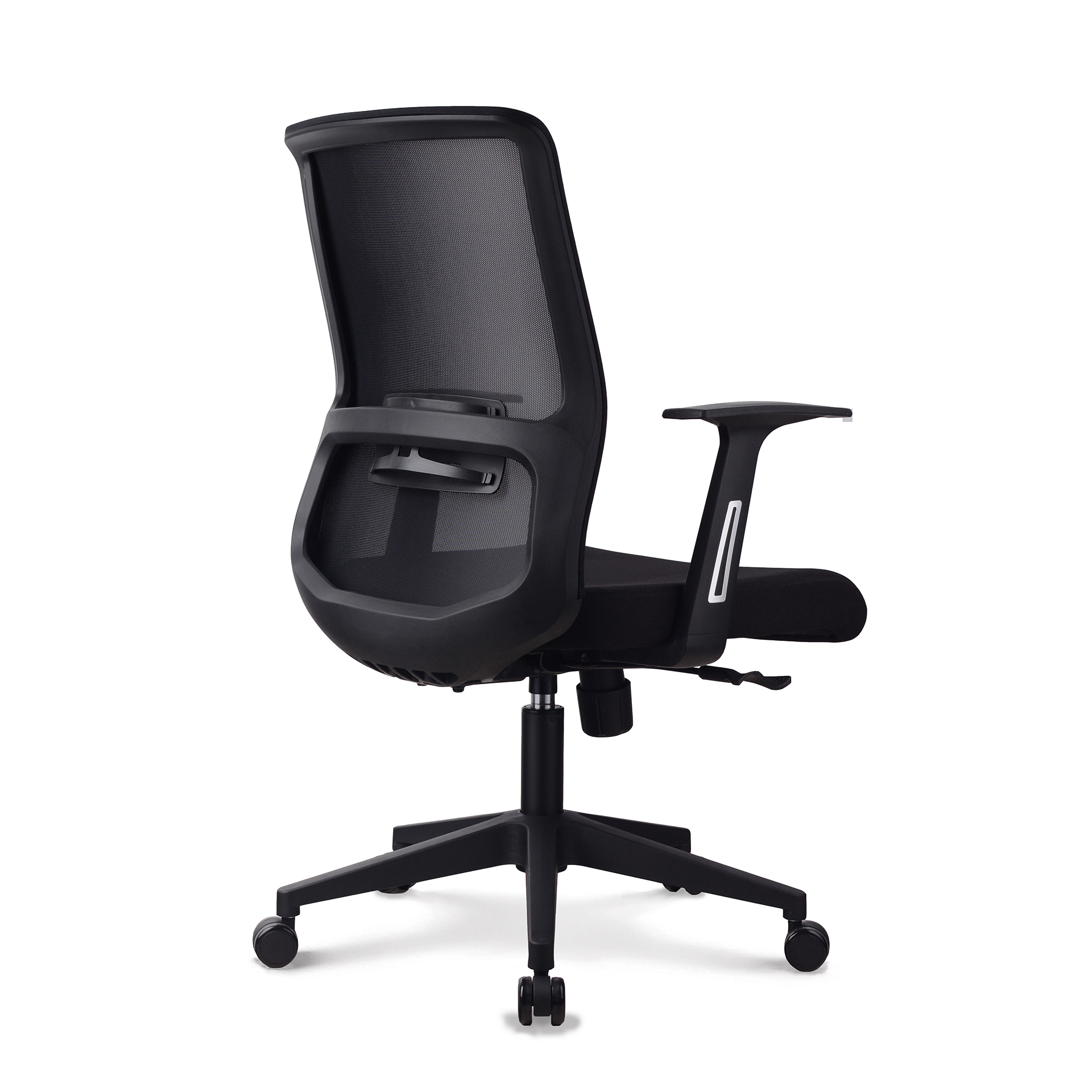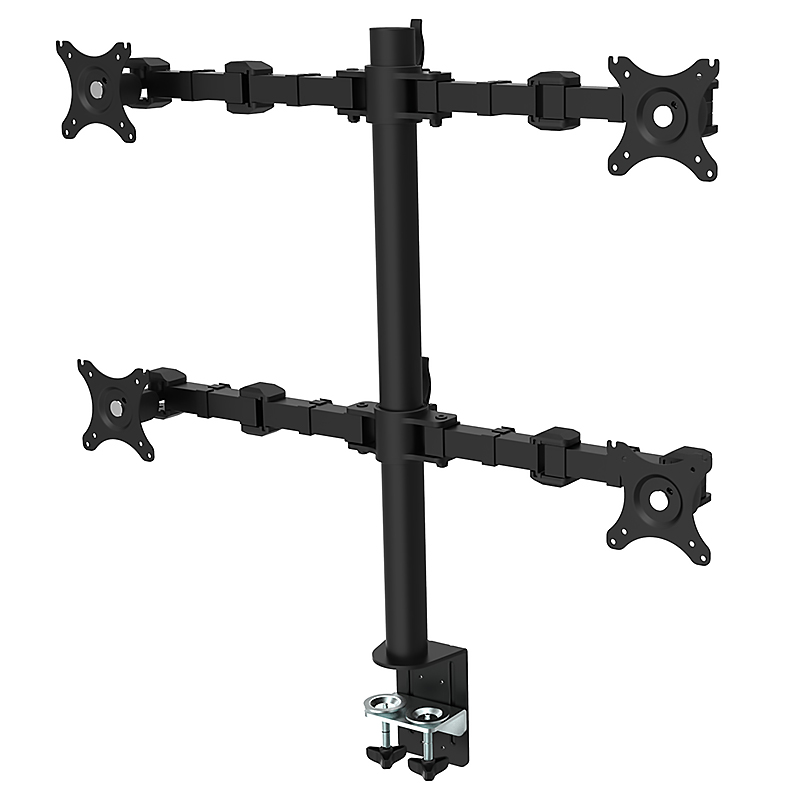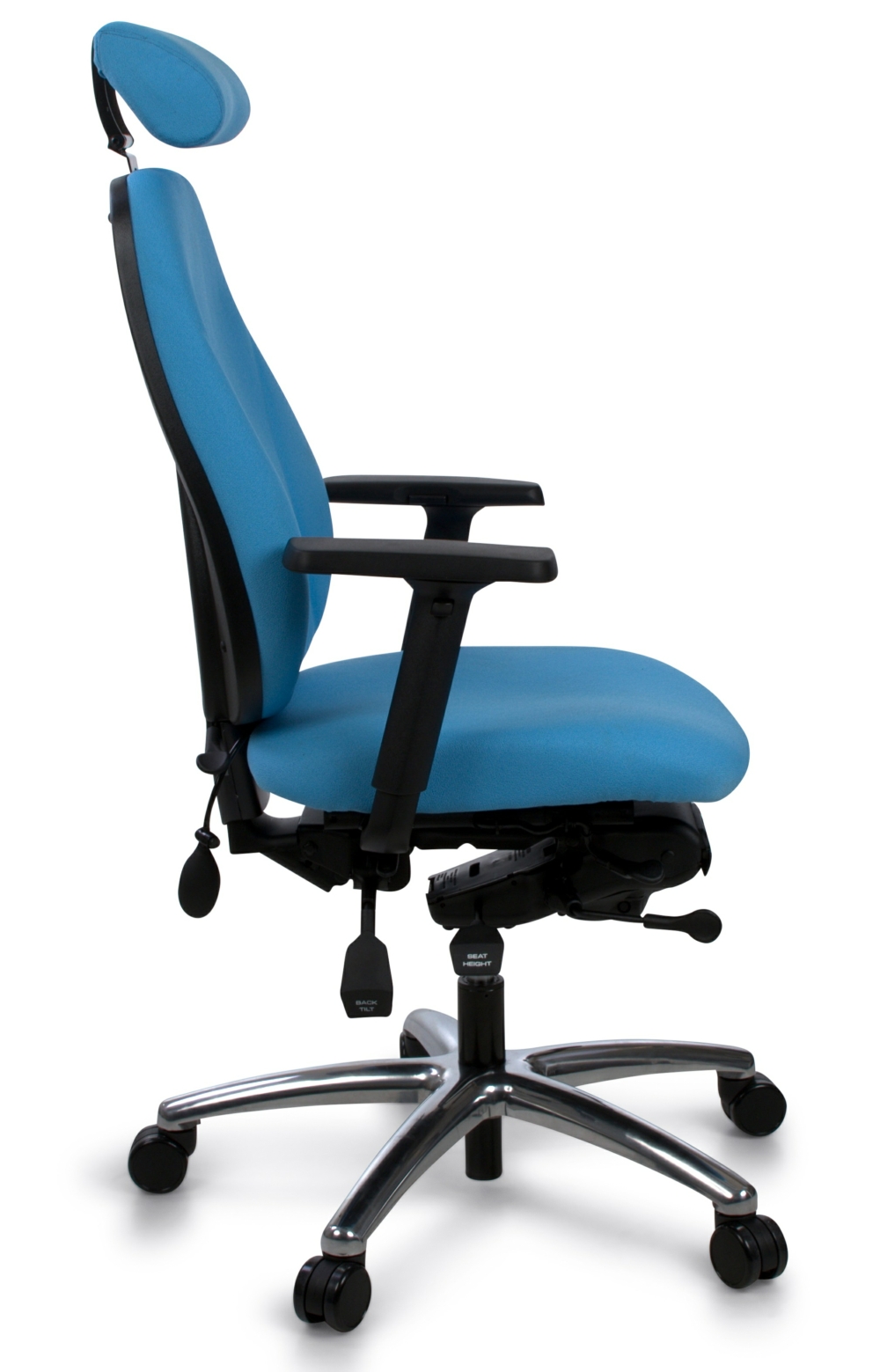Office Furniture Ergonomic Standards
Office Furniture Ergonomic Standards. Proper office ergonomics — including correct chair height, adequate equipment spacing and good desk posture — can help you and your joints stay comfortable at work. Facility managers and safety officers are also concerned with these standards as back, neck, and spinal injuries, and repetitive stress injuries impact performance and attendance.

It involves designing workstations, work processes, equipment and tools to fit the employee.
A good chair provides necessary support to the back, legs, buttocks, and arms, while reducing exposures to awkward postures, contact stress, and forceful exertions.
A comparison of four major ergonomic standards summarizes different standards with respect to various components of a chair. The Fundamentals - Ergonomics Ergonomics, an applied science, can be defined as fitting the job to the worker. Where executive office chairs are big and bulky and usually covered in dark leather, an ergonomic design is.







Post a Comment for "Office Furniture Ergonomic Standards"